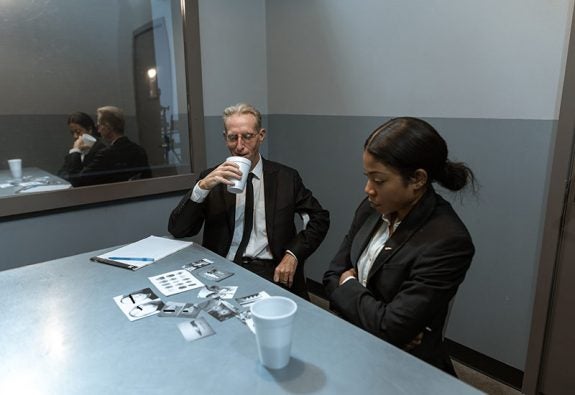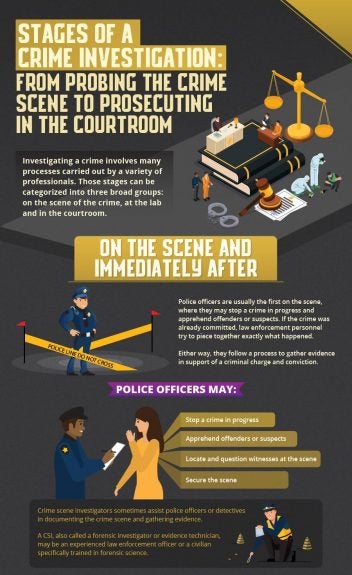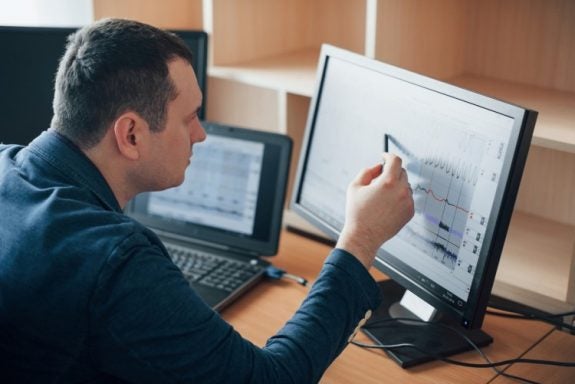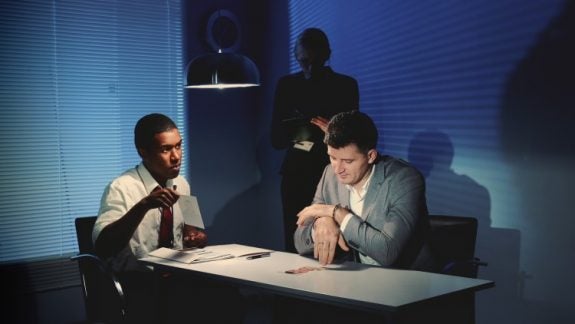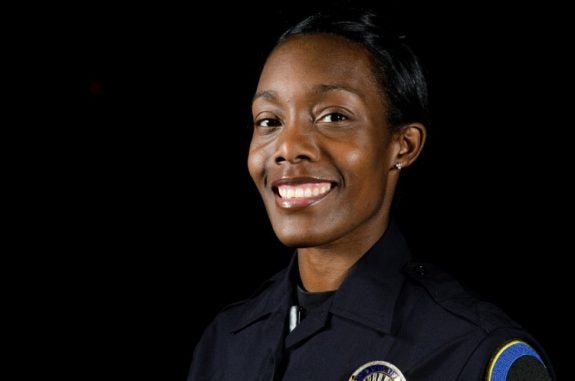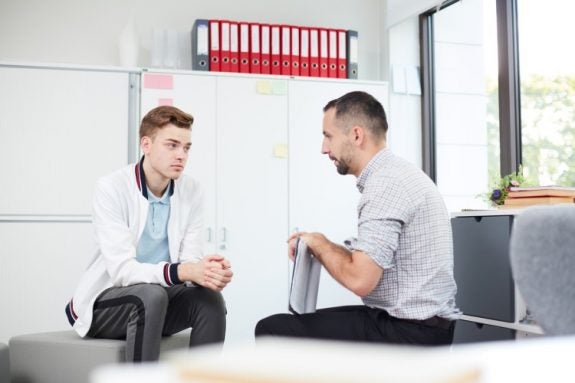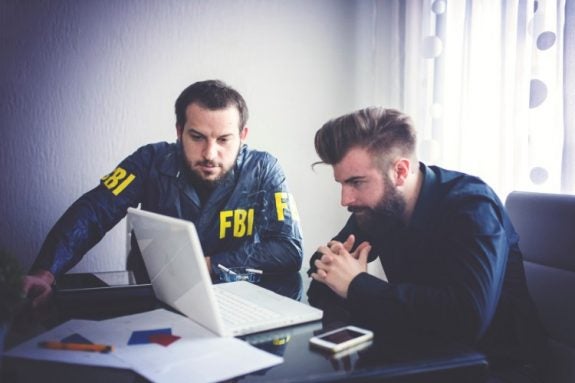How to Become a Police Officer: Steps, Requirements and Resource
Investigating a crime involves many processes carried out by a variety of professionals. Those stages can be categorized into three broad groups: on the scene of the crime, at the lab and in the courtroom.
To learn more, check out the infographic below, created by the University of Central Florida, which offers several degrees in criminal justice.
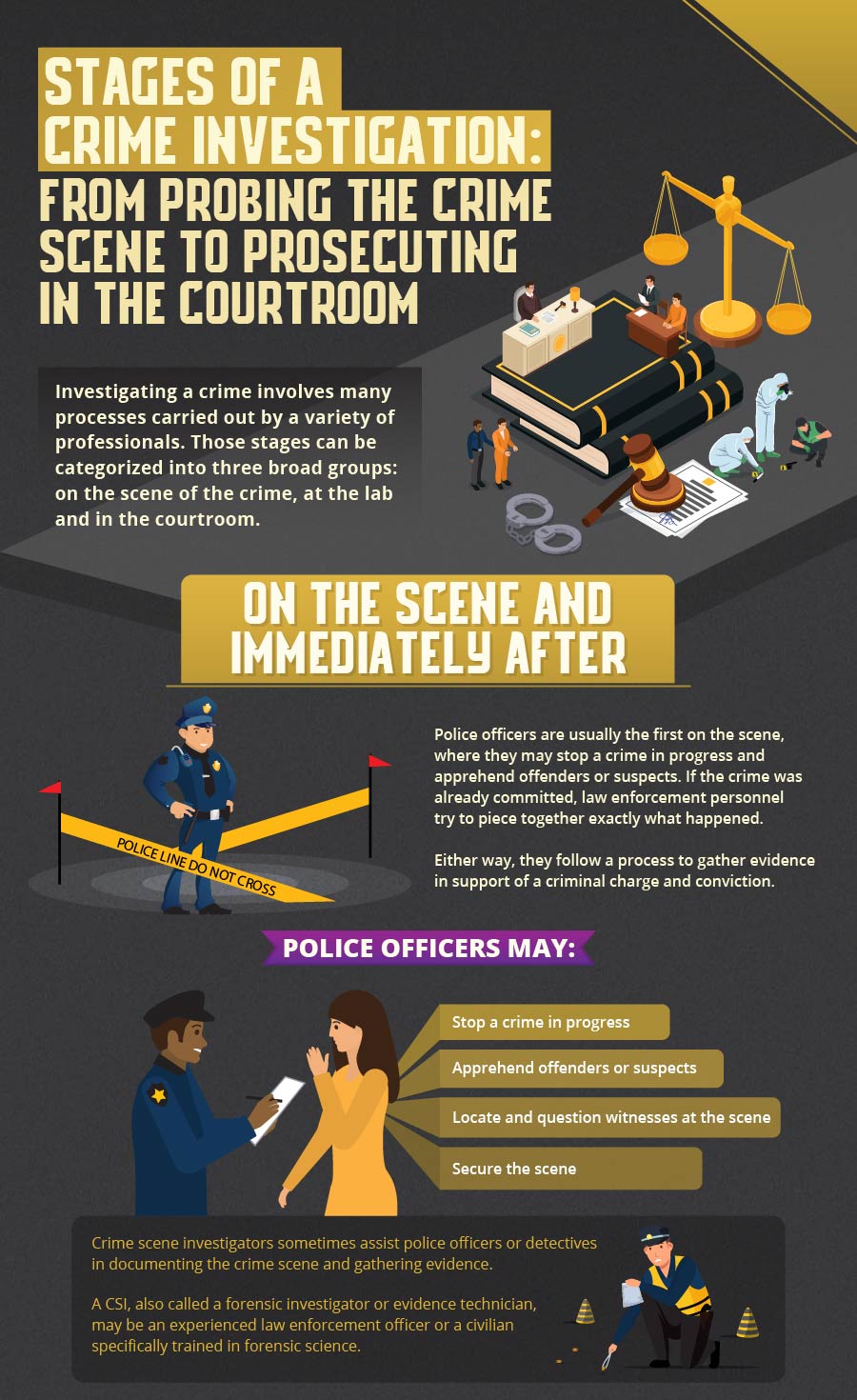
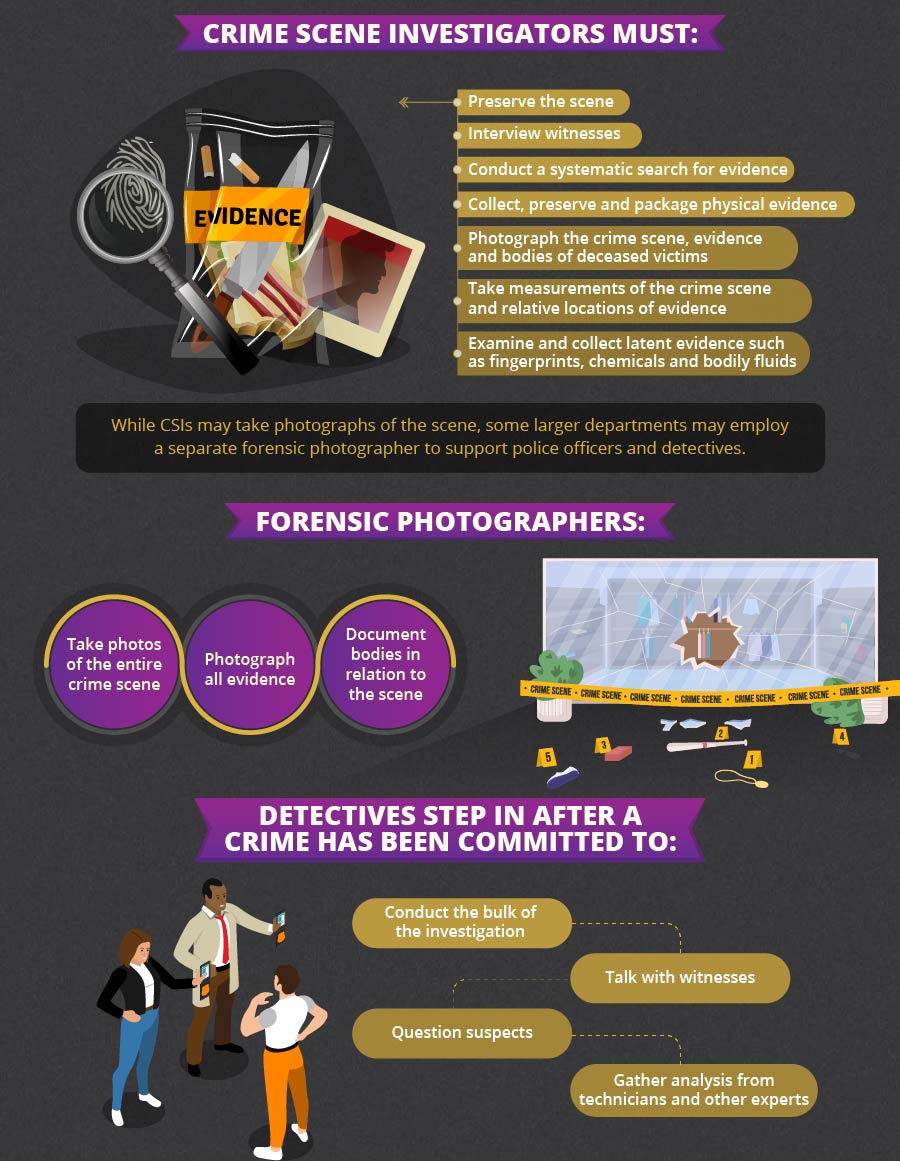
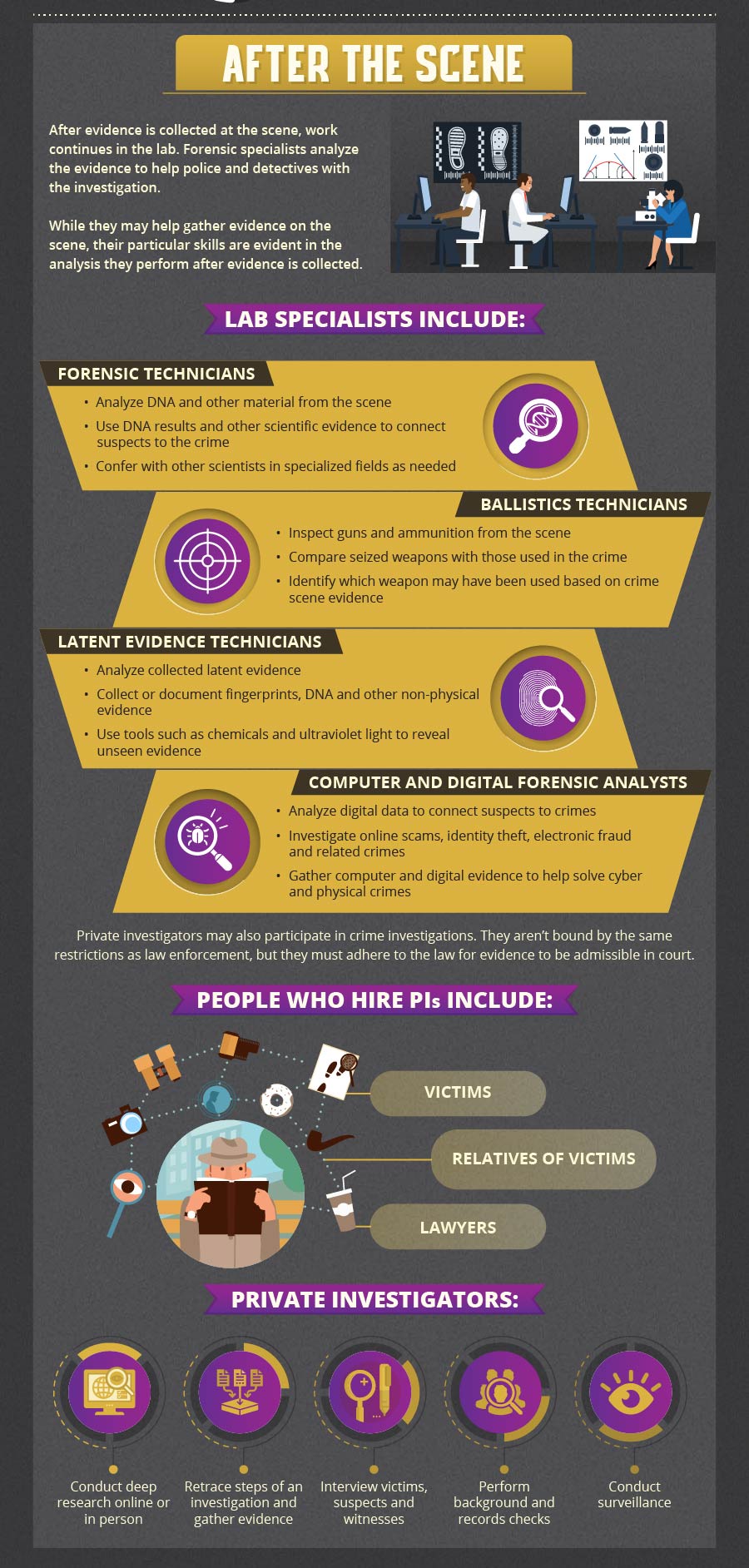
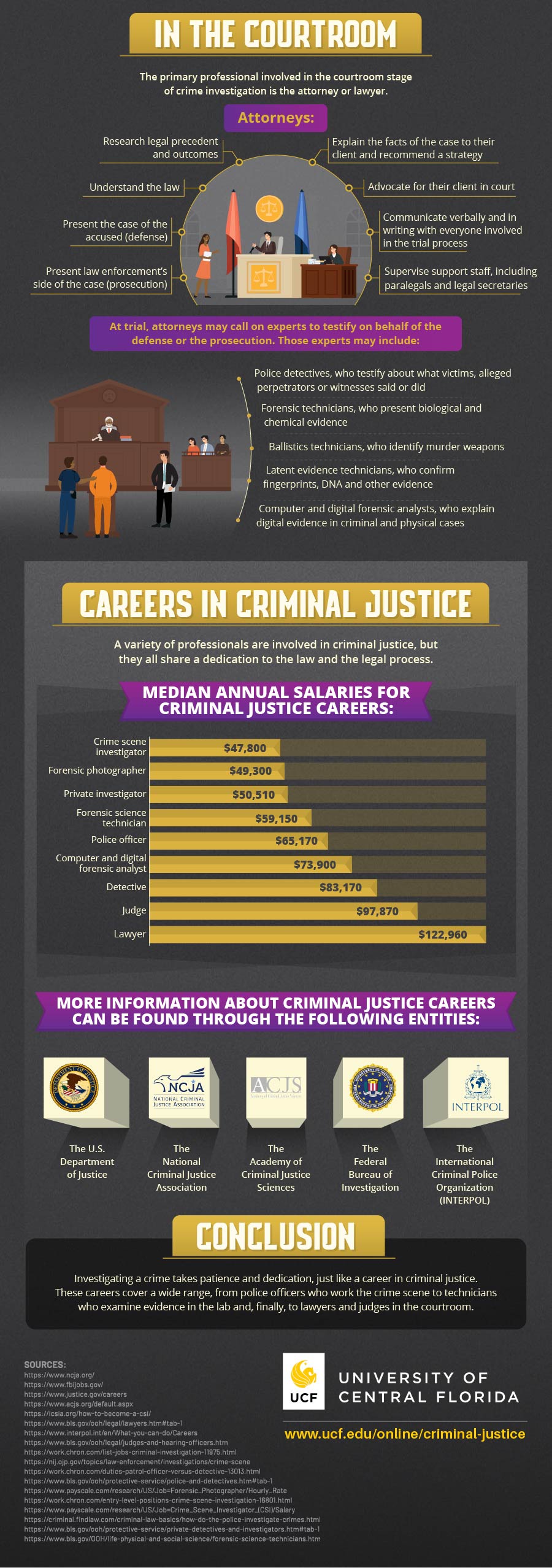
On the Scene and Immediately After
Police officers are usually the first on the scene, where they may stop a crime in progress and apprehend offenders or suspects. If the crime was already committed, law enforcement personnel try to piece together exactly what happened. Either way, they follow a process to gather evidence in support of a criminal charge and conviction.
Police Officers
Police officers may stop a crime in progress, apprehend offenders or suspects, locate and question witnesses at the scene, or secure the scene. Crime scene investigators, or CSIs, sometimes aid police officers or detectives in documenting the crime scene and gathering evidence.
A CSI can also be called a forensic investigator or evidence technician. They may be an experienced law enforcement officer or a civilian specifically trained in forensic science.
Crime Scene Investigators
CSIs preserve crime scenes, conduct systematic searches for evidence, and collect and preserve physical evidence. They also conduct interviews with witnesses. Additionally, they photograph crime scenes, evidence and the bodies of any deceased victims. CSIs take measurements of the crime scene and relative locations of evidence, as well as examine and collect latent evidence such as fingerprints, chemicals and bodily fluids.
Forensic Photographers
While CSIs may take photographs of the scene, some larger departments may employ a separate forensic photographer to support police officers and detectives. More specifically, forensic photographers take photos of the entire crime scene, photograph all evidence and document bodies in relation to the scene.
Detectives
Detectives step in after a crime has been committed to handle several key tasks. They conduct the bulk of the investigation, talk with witnesses, question suspects, and gather analysis from technicians and other experts.
After the Scene
After evidence is collected at the scene, work continues in the lab. Forensic specialists analyze the evidence to help police and detectives with the investigation. While they may help gather evidence on the scene, their particular skills are evident in the analysis they perform after evidence is collected.
Lab Specialists
Numerous professions fall under the “lab specialist” category. For instance, forensic technicians analyze DNA and other material from the scene, use DNA results and other scientific evidence to connect suspects to the crime, and confer with other scientists in specialized fields as needed.
Ballistic technicians are lab specialists who inspect guns and ammunition from the scene, compare seized weapons with those used in the crime, and identify which weapon may have been used based on crime scene evidence.
Latent evidence technicians analyze collected latent evidence; collect or document fingerprints, DNA and other non-physical evidence; and use tools such as chemicals and ultraviolet light to reveal unseen evidence.
Computer and digital forensic analysts analyze digital data to connect suspects to crimes; investigate online scams, identity theft, electronic fraud and related crimes; and gather computer and digital evidence to help solve cyber and physical crimes.
Private investigators may also participate in crime investigations. They aren’t bound by the same restrictions as law enforcement, but they must adhere to the law for evidence to be admissible in court.
Private Investigators
People who hire private investigators, or PIs, include victims, relatives of victims and lawyers. PIs conduct deep online or in-person research; retrace steps of an investigation and gather evidence; interview victims, suspects and witnesses; perform background and records checks; and conduct surveillance.
In the Courtroom
The primary professional involved in the courtroom stage of crime investigation is the attorney or lawyer.
Attorneys come to the courtroom with a deep understanding of the law, as well as legal precedents and outcomes. They also work to present the case of the accused (the defense) or law enforcement’s side of the case (prosecution).
Attorneys explain the facts of the case to their client and recommend a strategy, advocate for their client in court, and communicate verbally and in writing with everyone involved in the trial process. They can also supervise support staff, including paralegals and legal secretaries.
At trial, attorneys may call on experts to testify on behalf of the defense or the prosecution. Those experts may include police detectives, forensic technicians, ballistic technicians, latent evidence technicians, and computer and digital forensic analysts.
Careers in Criminal Justice
A variety of professionals are involved in criminal justice, but they all share a dedication to the law and the legal process.
Median Annual Salaries for Criminal Justice Careers
Lawyers have the highest median annual salary in the criminal justice field: $122,960. This is followed by the median annual salaries for judges ($97,870), detectives ($83,170), computer and digital forensic analysts ($73,900), police officers ($65,170), forensic science technicians ($59,150), private investigators ($50,510), forensic photographers ($49,300), and crime scene investigators ($47,800).
A host of organizations offer more information about criminal justice careers. These include the U.S. Department of Justice, National Criminal Justice Association, Academy of Criminal Justice Sciences, Federal Bureau of Investigation, and International Criminal Police Organization (INTERPOL).
Discover a Satisfying Career
Investigating a crime takes patience and dedication, just like a career in criminal justice. These careers cover a wide range, from police officers who work the crime scene to technicians who examine evidence in the lab and, finally, to lawyers and judges in the courtroom.
